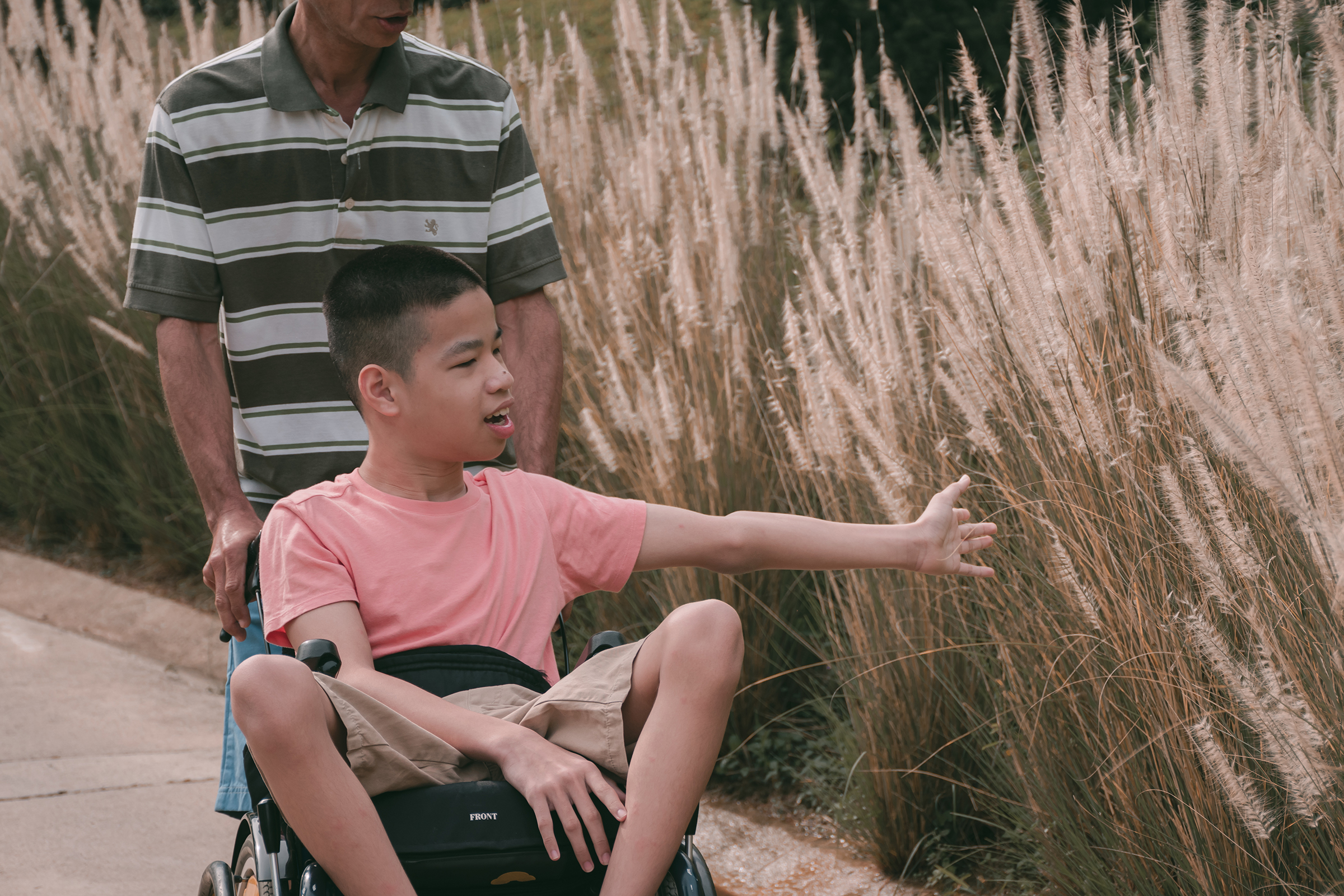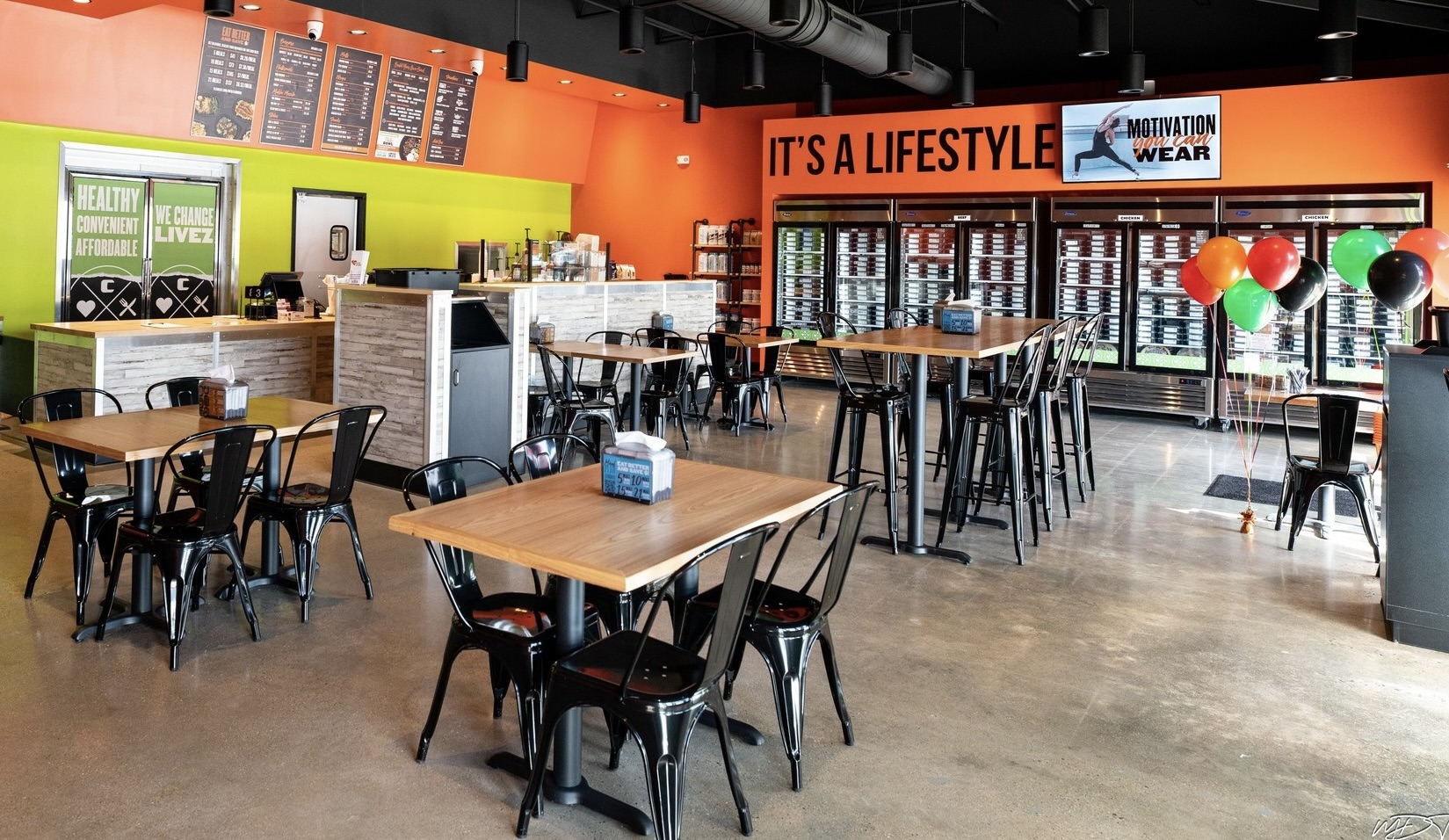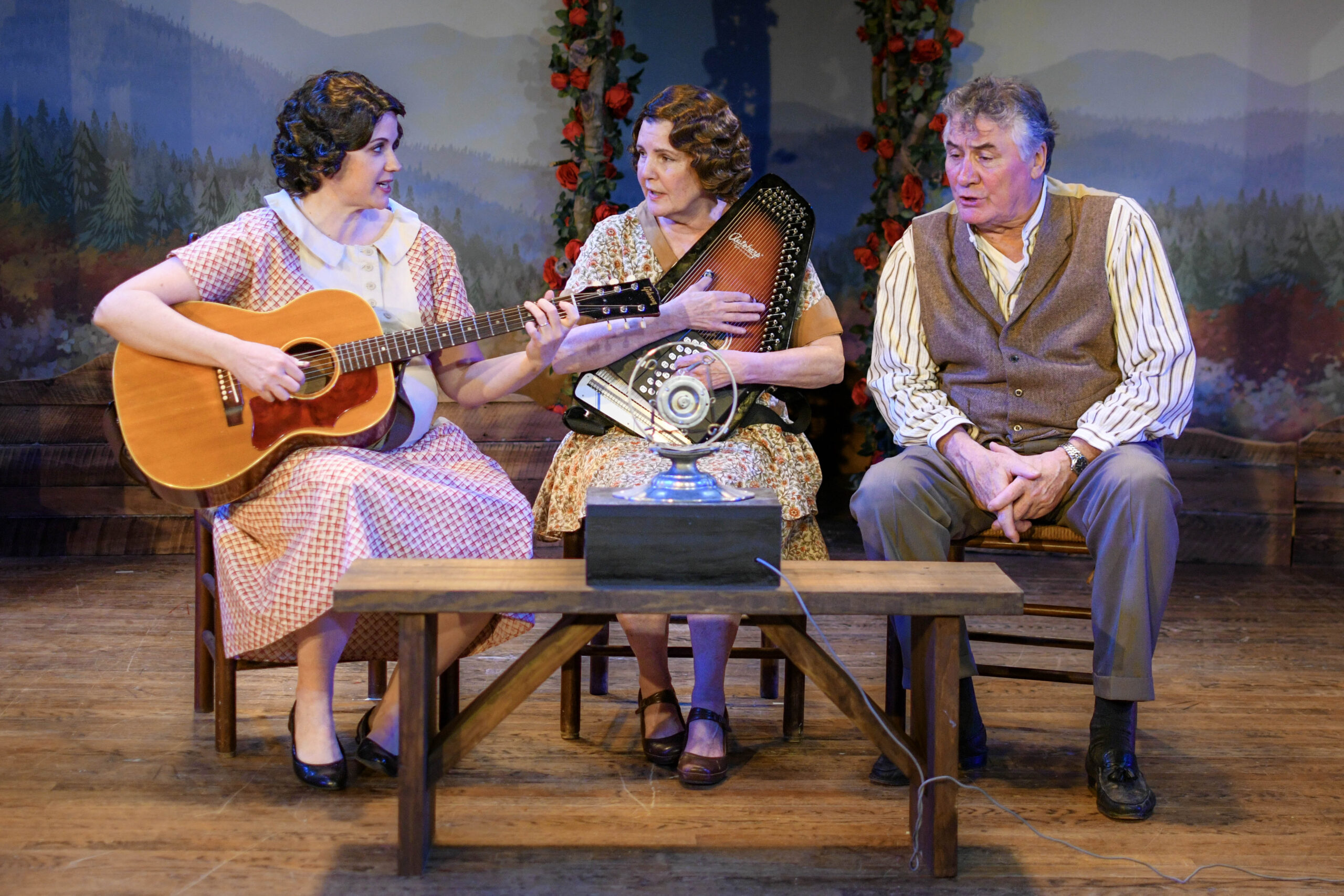by Lisa Coates,
director of children and youth services for SOAR365
It’s going to be spring break soon, and while we all welcome the chance to spend more time with our families, for children with disabilities, changes in routines can be challenging. Here are some tips and tricks to have a memorable week, whether you plan to travel or enjoy a staycation.
Routine: Many children with disabilities take comfort in having a regular schedule. Being out of school can be disorienting. Maintaining your routine as much as possible can help prevent sensory overload and confusion. When planning for Spring Break, consider using the time to engage in therapy intensives or make up therapy sessions that were missed due to illness. And of course, make sure to plan plenty of fun activities that your child enjoys.
Travel tips: Thinking ahead helps travel go smoothly. Even though these trips are fun, they can also be anxiety-inducing. Be sure to bring tools like weighted blankets, sunglasses, compression vests, sensory chews and ear protectors. Offering sensory breaks to play with fidgets, get up and exercise, find a calm space, or engage in heavy work can also be helpful. Favorite movies and music can pass the time and make travel much more fun. Driving during times of low traffic or at night are also great ideas if that works for your family. Finally, be sure to give a heads up to any family members about your child’s preferences, behaviors and needs.
Pack snacks: Reduce snack time and mealtime stress by packing familiar foods, drinks and snacks. Many theme parks, beaches and other venues may not offer preferred foods or accommodate specific dietary needs. If a crowded dining area is overstimulating, you can always set up a picnic tailgate, get cozy in your hotel room or find another, calmer place to eat instead.
Use social stories and visual aids: Social stories model a variety of daily interactions and help children know what to expect when visiting a new place or enjoying special activities. Visual aids, such as picture schedules, can prepare a child for the day’s events by showing them step by step how the day will unfold.
Vacation home rentals: A private residence, such as rentals through Airbnb or VRBO, can help give you the comforts of home. These offer a quiet, private space where you can more easily control your environment. Alternatively, hotel chains such as Embassy Suites, DoubleTree Suites, or Hyatt Houses offer suites with separate living and sleeping areas, giving you all the space you need to relax.
Springtime activities: If you are going to do an Easter egg hunt or other group activity this spring, remember to always have a way to graciously escape. This may mean parking where you can easily access your car or hanging out on the edge of the crowd so that you can leave, if needed. Sometimes setting up the same activity for your child in their own space (a bit away from other children) also leads to success.
Pack the right gear: If your Spring Break calls for a beach trip or a visit to the pool, think about your child’s needs for safe water play. In addition to close supervision, they may require ear tube protection, swim diapers, adaptive swimsuits or flotation devices.
- Ear tube protection — Keep ear tubes dry and water-free with specialized plugs and a swim cap or headband.
- Swim diapers — While it is easy to find swim diapers for infants and toddlers, it can be difficult to find secure, discreet swim diapers for older kids, teens and adults. Fortunately, several companies like Swimmates and SlipOn have come to the rescue with a variety of disposable and reusable options.
- Adaptive swimwear — Solve dressing and safety problems with big-kid, teen and adult-sized swimsuits designed to go on easily, snap over diapers or even float. My Pool Pal’s floatation swimsuits and SlipOn’s easy-on swimsuits are two examples. Target also offers adaptive swimwear options for children with helpful elements like tagless design, flat seams, hook and loop back closures, snaps and abdominal access.
Fun in the sun: Children with sensory disorders can have a tough time regulating their body temperature; they may need extra help keeping cool and remembering to drink fluids. They may also be struggle with applying sunscreen. A couple of tips: 1) Make it fun: sing a silly song for sunscreen time. 2) Make it a game: pretend you are going through the sunscreen car wash. 3) Try spray-based sunscreen: you can even spray on your hand, then apply with the amount of pressure your child prefers. 4) Use roll-on sunscreen: this is especially helpful for challenging areas like the center of the face and back of the neck. 5) Try distraction: use favorite toys, videos or apps to get through the application.
Spring Break Fun in Richmond
Many places in the Richmond area are completely accessible for individuals with disabilities.
Outdoor Trails Virginia has many outdoor hiking trails that are easy to navigate, including federal, state, local and private parks here in our state. Some are even listed as wheelchair accessible. To see a few of them, go here.
Children’s Museum of Richmond The Children’s Museum of Richmond offers accessibility and inclusivity at both of their locations (Chesterfield and Downtown). Special Nights are also back! The museum hosts a FREE night for families with children with disabilities on the third Friday of each month from 5 to 7 p.m.
Beyond Boundaries Beyond Boundaries is a local non-profit that provides outdoor adventures for children with disabilities. Scholarships are available.
For more information about these tips, contact Lisa Coates, SOAR365 Director of Children & Youth Services, at lisa.coates@soar365.org or (804) 665-1237.







